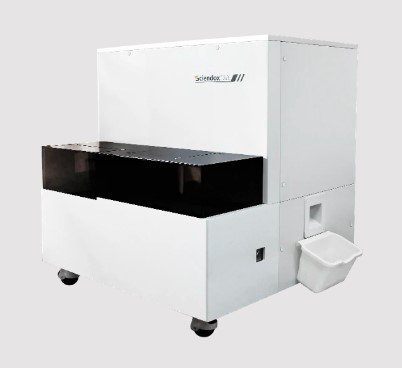The Impact of Safety-Engineered Blood Collection Devices from Chinese Manufacturers
Summary
- Chinese manufacturers have been known to produce a wide range of medical devices, including safety-engineered blood collection devices.
- There have been concerns regarding the quality and standards of these devices, leading to questions about their safety and effectiveness.
- It is crucial for medical labs and phlebotomists in the United States to be aware of these issues and ensure they are using reliable and approved devices for blood collection procedures.
The Importance of Safety-Engineered Blood Collection Devices
Ensuring the safety of both patients and healthcare professionals during blood collection procedures is paramount in the medical field. Safety-engineered blood collection devices are designed to reduce the risk of Needlestick Injuries and bloodborne infections, making them an essential tool in healthcare settings.
Benefits of Safety-Engineered Blood Collection Devices
- Prevention of Needlestick Injuries
- Reduced risk of bloodborne infections
- Improved healthcare worker safety and well-being
- Enhanced patient care and confidence
Regulatory Standards for Blood Collection Devices
In the United States, the Food and Drug Administration (FDA) regulates the manufacturing and distribution of medical devices, including safety-engineered blood collection devices. These devices must meet strict standards for safety, efficacy, and quality to ensure they are safe for use in healthcare settings.
Chinese Manufacturers and Safety-Engineered Blood Collection Devices
Chinese manufacturers have become major players in the global medical device market, producing a wide range of products, including safety-engineered blood collection devices. While some Chinese manufacturers adhere to high-Quality Standards and Regulations, there have been concerns about the quality and safety of certain products.
Quality Control Issues
Some Chinese manufacturers have been criticized for poor Quality Control practices, leading to questions about the reliability and effectiveness of their safety-engineered blood collection devices. These issues raise concerns about the safety of using these devices in healthcare settings, where precision and accuracy are crucial.
Regulatory Challenges
Regulatory oversight in China may not be as stringent as in other countries, such as the United States, leading to potential gaps in Quality Control and safety standards for medical devices. This lack of regulatory oversight can pose risks for healthcare professionals and patients who rely on these devices for blood collection procedures.
Ensuring Safety and Quality in Blood Collection Procedures
Medical labs and phlebotomists play a critical role in ensuring the safety and quality of blood collection procedures. By taking proactive steps to verify the reliability and effectiveness of safety-engineered blood collection devices, healthcare professionals can minimize risks and enhance patient care.
Best Practices for Selecting Blood Collection Devices
- Choose FDA-approved devices from reputable manufacturers
- Verify compliance with safety and Quality Standards
- Train healthcare staff on proper use and disposal of devices
- Monitor and review device performance regularly
Collaboration with Manufacturers and Suppliers
Building strong partnerships with manufacturers and suppliers of blood collection devices can help medical labs and phlebotomists ensure the safety and quality of their equipment. By maintaining open communication and sharing feedback on device performance, healthcare professionals can address any concerns or issues promptly.
Conclusion
Chinese manufacturers do produce safety-engineered blood collection devices, but concerns about Quality Control and regulatory standards have raised questions about the safety and reliability of these products. Medical labs and phlebotomists in the United States must be vigilant in selecting and using FDA-approved devices from reputable manufacturers to ensure the safety and effectiveness of blood collection procedures.

Disclaimer: The content provided on this blog is for informational purposes only, reflecting the personal opinions and insights of the author(s) on the topics. The information provided should not be used for diagnosing or treating a health problem or disease, and those seeking personal medical advice should consult with a licensed physician. Always seek the advice of your doctor or other qualified health provider regarding a medical condition. Never disregard professional medical advice or delay in seeking it because of something you have read on this website. If you think you may have a medical emergency, call 911 or go to the nearest emergency room immediately. No physician-patient relationship is created by this web site or its use. No contributors to this web site make any representations, express or implied, with respect to the information provided herein or to its use. While we strive to share accurate and up-to-date information, we cannot guarantee the completeness, reliability, or accuracy of the content. The blog may also include links to external websites and resources for the convenience of our readers. Please note that linking to other sites does not imply endorsement of their content, practices, or services by us. Readers should use their discretion and judgment while exploring any external links and resources mentioned on this blog.
